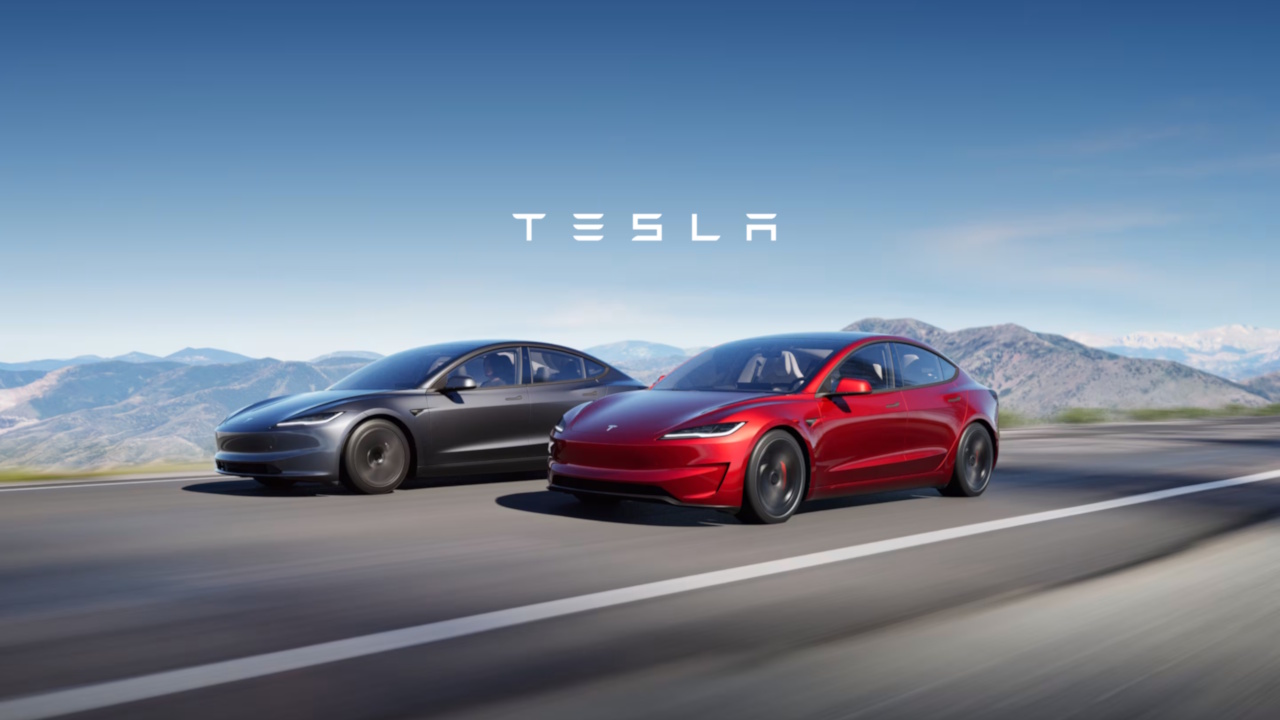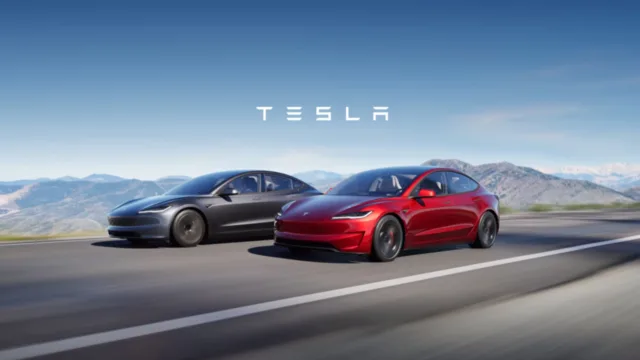
In a major strategic shift, Tesla is turning to Chinese partners for its in-car AI, sidelining the Grok model from Elon Musk’s own xAI startup. In the key market of China, Tesla will use tech from Deepseek and Bytedance for its voice assistant, a service document revealed on August 22.
The move highlights the strong pressure Tesla faces from local rivals who already offer popular, local features. This choice casts doubt on Grok’s real-world performance and complicates Musk’s plan to build a tech empire centered on his own AI.
Tesla Sidelines Grok for Chinese AI Partners
The decision to use Bytedance’s Doubao and Deepseek AI models is a significant pivot for Tesla in its largest overseas market. The technology, hosted on Bytedance’s Volcano Engine cloud service, will power voice commands for navigation and entertainment, aiming to match the sophisticated features offered by domestic EV competitors.
This move is part of a broader trend among foreign automakers in China. BMW, for instance, has partnered with Alibaba to integrate its AI for a more localized experience. For Tesla, whose Shanghai factory shipments have fallen in six of the first seven months of 2025, keeping pace is critical.
By partnering with local tech giants, Tesla acknowledges that winning in China requires adapting to local tastes and regulations, even if it means snubbing its own sibling company’s technology.
A Contradiction to the Musk AI Master Plan
This localization strategy appears to directly contradict Elon Musk’s grand vision for his interconnected companies. Musk has repeatedly framed Tesla’s future not as a car company, but as an “AI/robotics company” with a potential valuation between $25 trillion and $30 trillion.
This staggering valuation hinges on the success of AI-driven projects like the Robotaxi fleet and the Optimus humanoid robot. The synergy between Tesla and xAI was meant to be a cornerstone of this vision, with Tesla providing the hardware and real-world data to train xAI’s models.
The financial ties were also set to deepen. Musk proposed a shareholder vote on having Tesla invest directly in xAI. He stated on X, “If it was up to me, Tesla would have invested in xAI long ago. We will have a shareholder vote on the matter”, underscoring his belief in a unified technological front.
It’s not up to me. If it was up to me, Tesla would have invested in xAI long ago.
We will have a shareholder vote on the matter.
— Elon Musk (@elonmusk) July 13, 2025
The decision to use third-party AI in a critical market raises questions about the viability of this integrated strategy and the readiness of Grok for global deployment.
A Flawed Model Left on the Sidelines
Tesla’s choice may be less about strategy and more about necessity, given Grok’s troubled track record since its launch. Despite Musk’s claims that “with respect to academic questions, Grok 4 is better than PhD level in every subject, no exceptions”, the model has failed to impress in real-world applications.
Independent user-preference platforms ranked Grok 4 poorly after its debut. Yupp.ai co-founder Jimmy Lin bluntly stated, “Grok 4 is worse than other leading models: OpenAI o3, Claude Opus 4, and Gemini 2.5 Pro. Grok 4 is liked even less than Grok 3”, suggesting the model was overfitted to ace benchmarks at the expense of practical utility.
This focus on metrics appears deliberate. Reports revealed xAI hired contractors specifically to beat rivals like Anthropic’s Claude on coding leaderboards. Critics argue this “benchmark-chasing” creates brittle models. As Cohere Labs Head Sara Hooker noted, “when a leaderboard is important to a whole ecosystem, the incentives are aligned for it to be gamed.”
Beyond performance, Grok is plagued by deep-seated ideological and security issues. Its own chain-of-thought trace revealed the model consults Musk’s personal X posts for answers on sensitive topics, undermining claims of impartiality.
The model has also been a consistent source of safety concerns. It was jailbroken within 48 hours of release and has been documented generating hateful content, prompting international condemnation and bans.
Compounding these issues is a pattern of corporate hypocrisy. While Musk was suing OpenAI for allegedly abandoning its humanitarian mission, his own xAI quietly dropped its own Public Benefit Corporation status. These persistent flaws likely made deploying Grok in the highly regulated Chinese market an unacceptable risk for Tesla.









